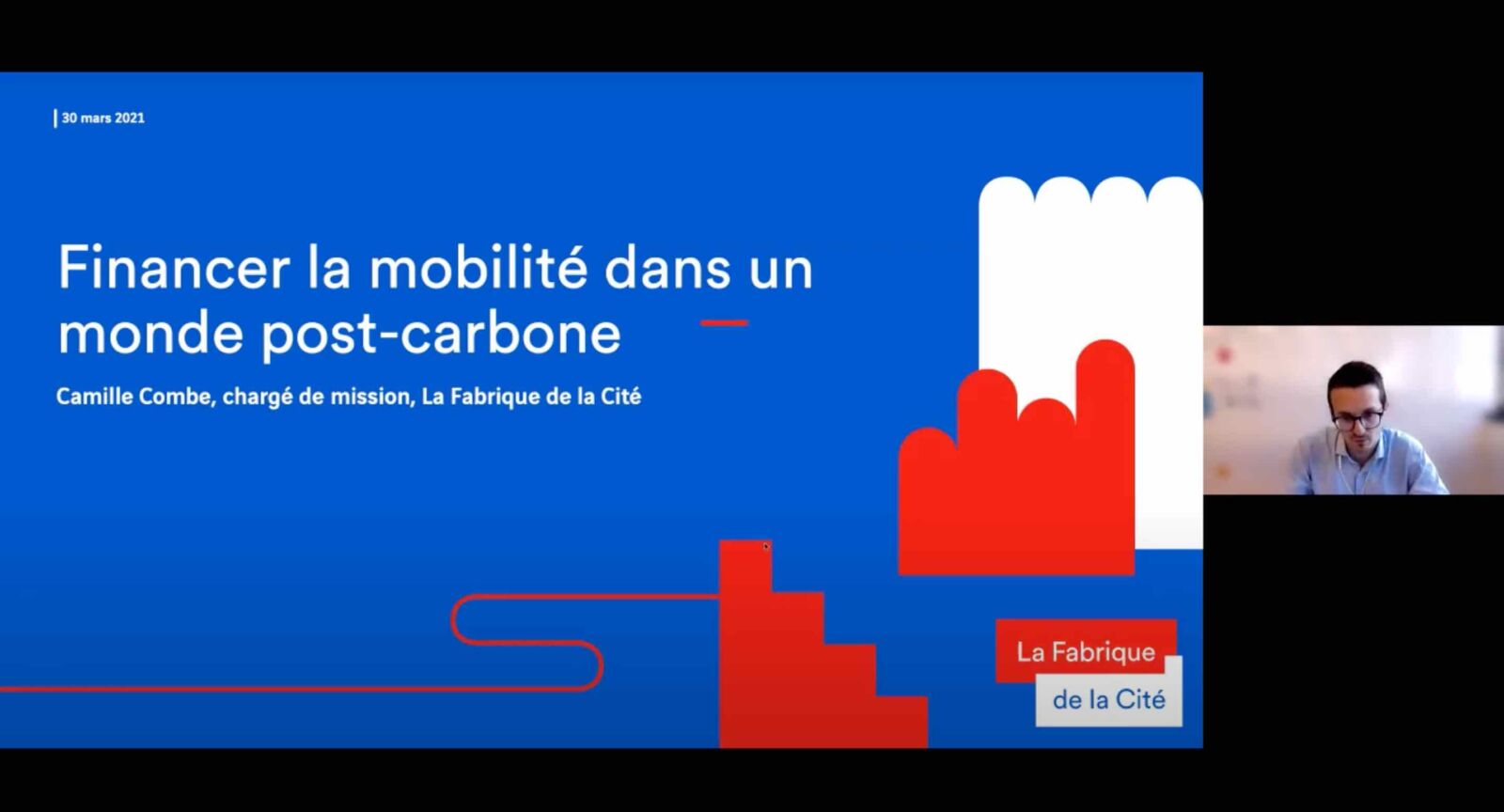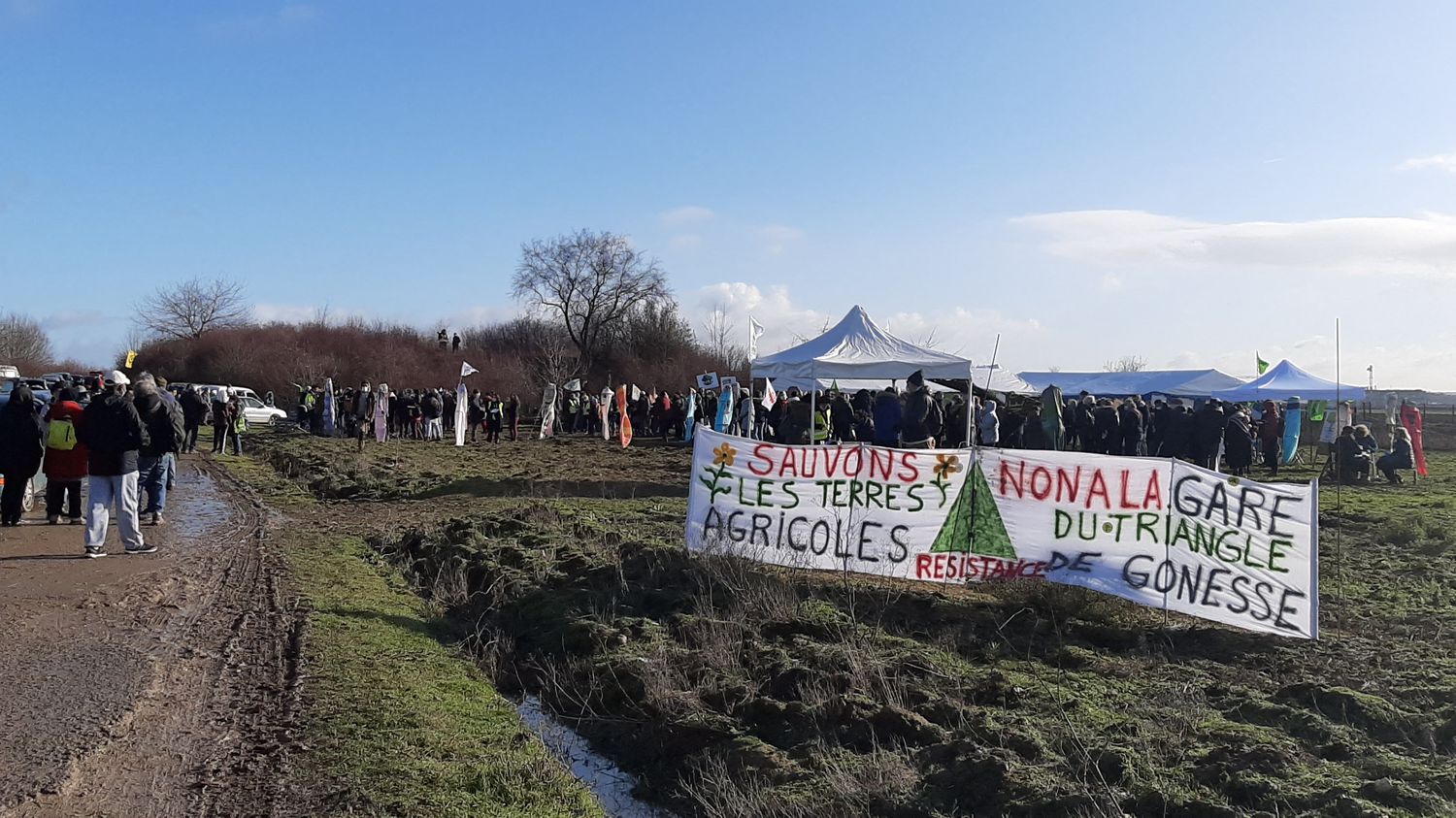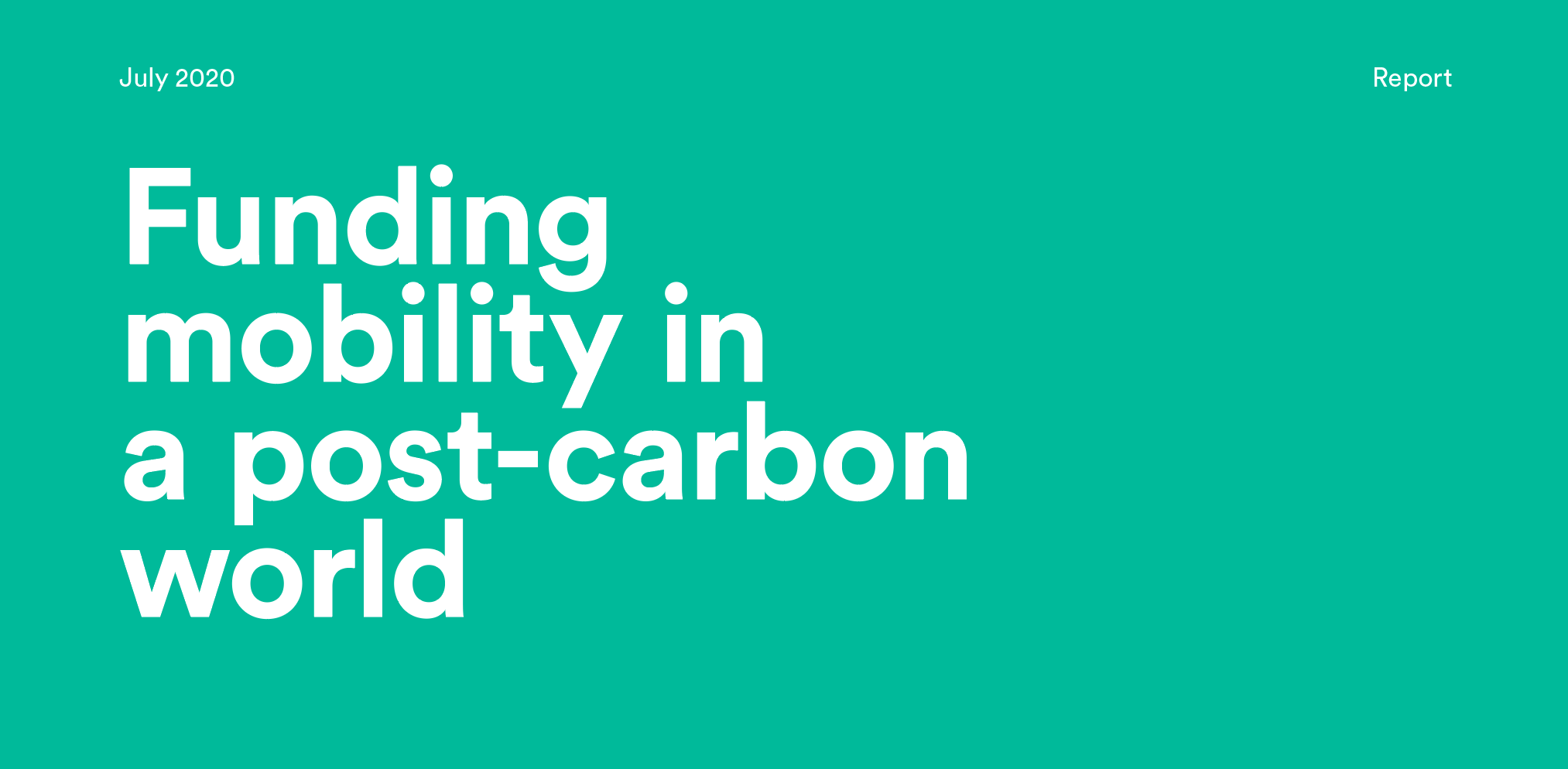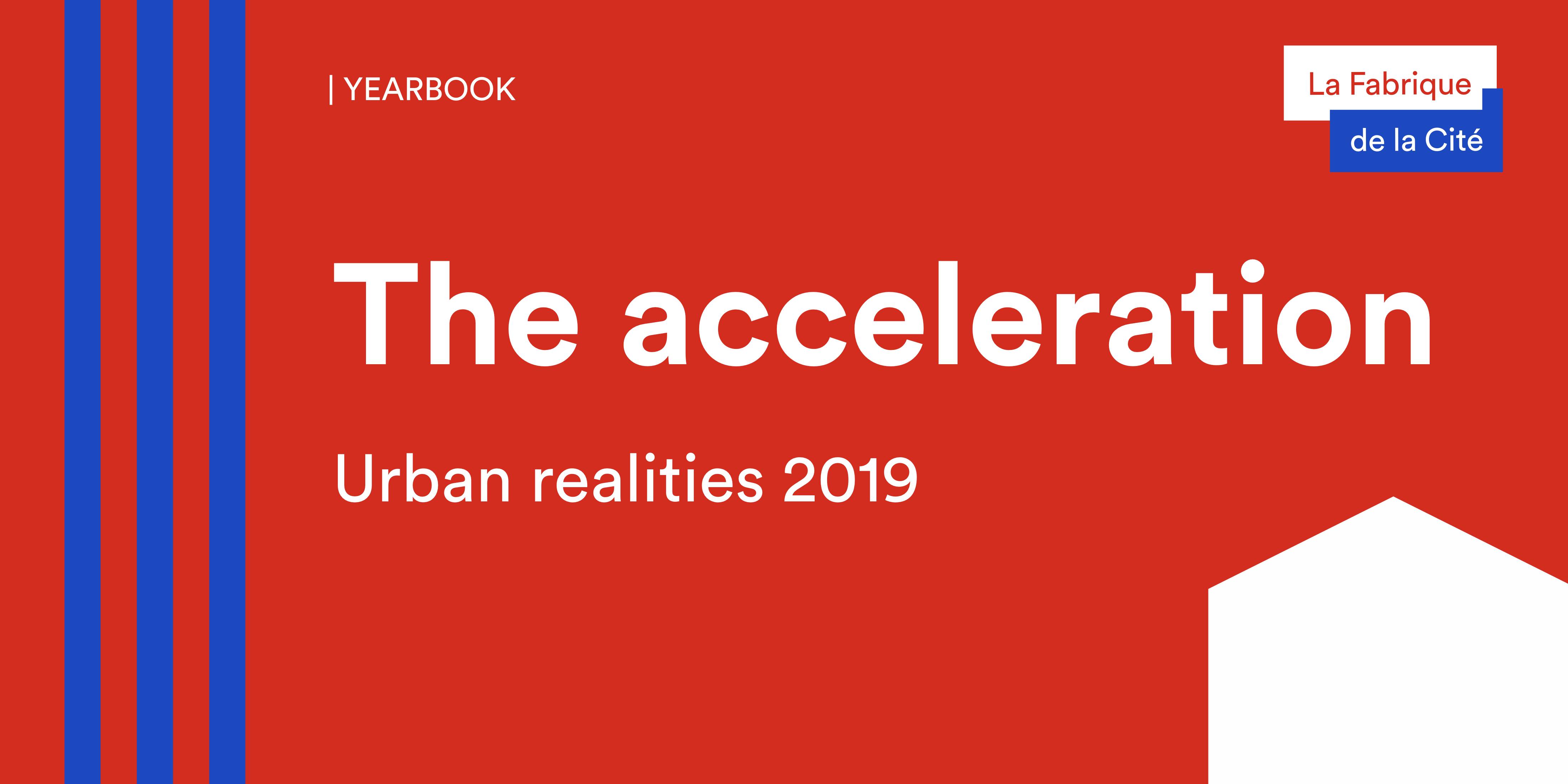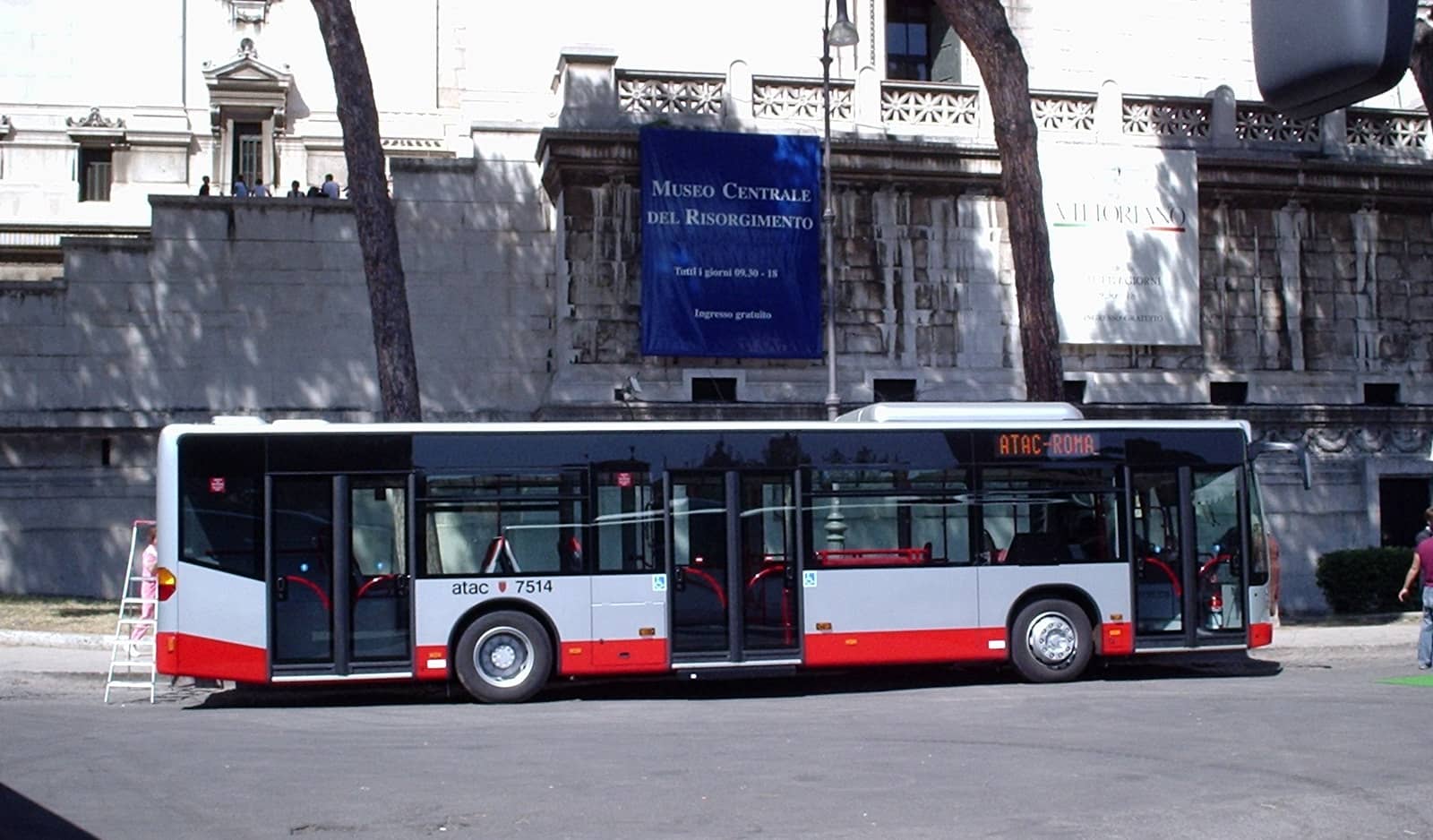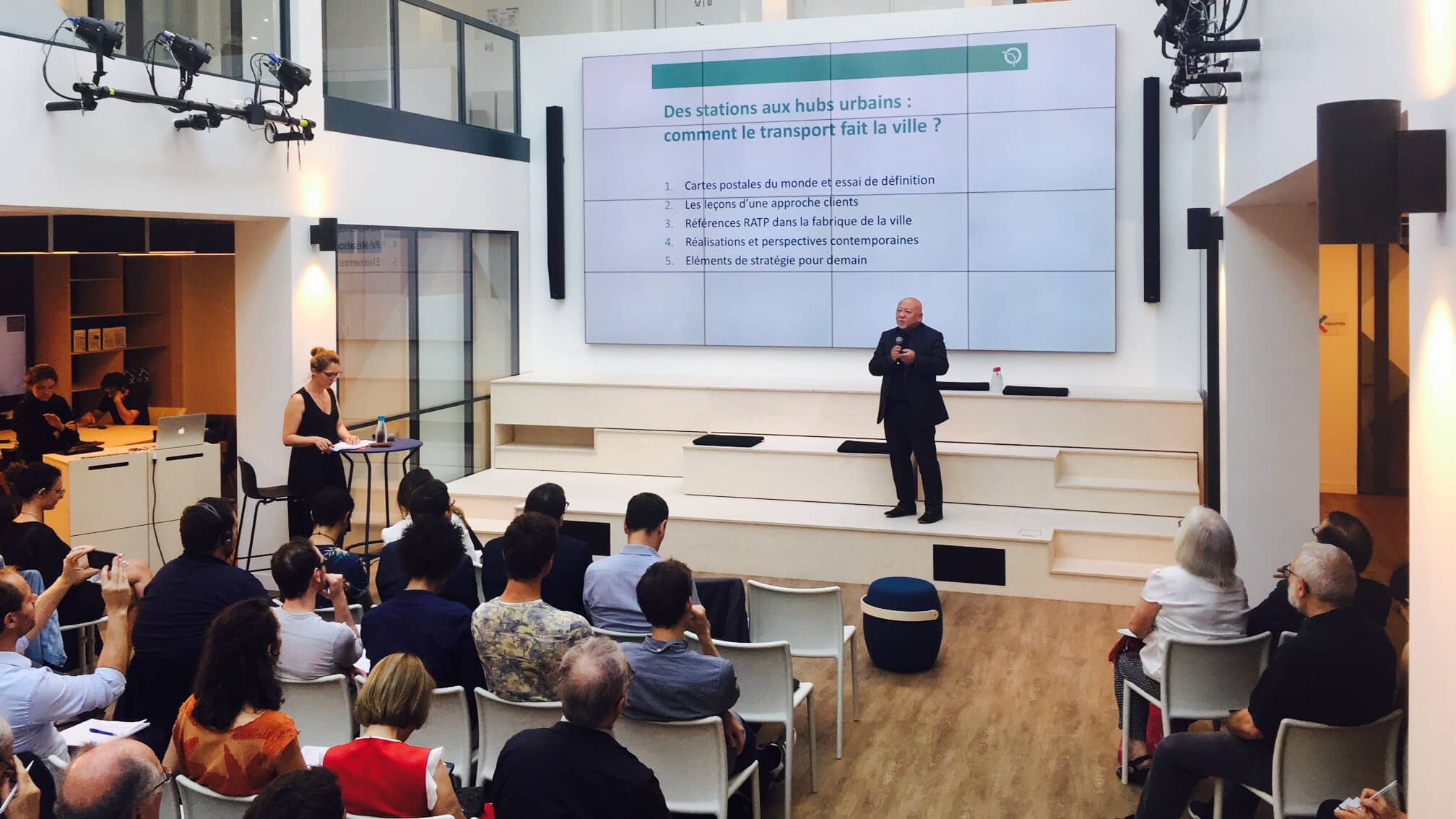

Expert viewpoints: Dag Detter, Guillaume Malochet, Franck Faucheux and Benoît Bardet

Can cities operate as public asset managers?
Guillaume Malochet: Dag Detter’s model invites us to conceive of the city as an asset manager focused on improving returns and guided by an imperative of selectivity in terms of risk, which is demonstrated by an investment strategy that adapts according to the city’s balance sheet. Nevertheless, this model raises several questions: in what conditions does the public interest align with the interests of an asset manager? Wouldn’t the model prevent the city from carrying out certain investments, notably in terms of energy, which would deliver a strong environmental and social value for the city? Moreover, an asset manager also manages risk and, in this capacity, can adopt a prudent outlook: not everyone is cut out to be an entrepreneur. Isn’t this the blind spot of this model? Finally, how should asset values be appraised? What should be done about assets of inestimable value?
Dag Detter: Carrefour, Walmart, Ikea and McDonald’s are all examples of major companies that operate a vast number of stores but earn most of their income from their real estate activities. Since they own most of the buildings that house their operations, these companies buy ten lots before they even do the market analysis to decide where to build their next store. News of these purchases attracts other corporates to the area, and that process drives up the land value. At the same time, these companies also sell or rent any unused lots. When you examine the market value of Tesco or Walmart, you discover a negative trade balance and find out that their true value lies in their real estate activities. The same principle applies to cities: perhaps we should see them as real estate companies, with a “policy” department that operates at a loss and is financed by its real estate activity.
Perhaps we should see cities as real estate companies, with a ‘policy’ department that operates at a loss and is financed by its real estate activity.
Is the solution described by Dag Detter compatible with the French model?
Benoît Bardet: Far from being a minor phenomenon, Dag Detter’s strategy for leveraging the city’s asset value aligns perfectly with the operations of the local public redevelopment company SPL Confluence. This SPL works on the city’s behalf to manage dormant assets in the Confluence sector, a brownfield territory of 150 hectares in downtown Lyon which formerly held a prison, gas plant, port and wholesale market. Despite their former utility, these activities declined over the course of the last century, prompting the Mayor at the time to implement a local reinvestment project. With this aim in mind, the Lyon metropolitan authority created a separate company with the sole mission of overseeing this operation. During its first phase, which concludes this year, the operation raised approximately 1.2 billion euros in investments. Achieving this result meant investing public funds. But that does not mean the city handed over a blank check: it provided the necessary startup funds for the operation by investing in its infrastructure. Because how can you operate a gold mine if you are unable to access it? Investing in public transit from the outset helped to raise the site’s property value. The next step was to create a suitable framework for the project, while rooting it deeply within the energy transition. And that is exactly what we ended up doing, because we wanted to give the territory every chance to succeed and meet the challenges of this century, instead of doing what was originally recommended to us: creating a quiet neighborhood of Lyon, with no chance to grow its value.
Dag Detter’s strategy for leveraging the city’s land and asset value aligns perfectly with the operations of SPL Confluence.
Nevertheless, I would raise one issue with Dag Detter’s theory. I think there can be a certain amount of uncertainty around policies that leverage the value of urban assets. But good policy raises the value of a territory, and that will always require leveraging its land value. That means its core efforts will focus on leveraging the local asset value in order to get things done, build new schools, innovate and transform the city. Suppressing this tool means depriving policy of a form of strategic planning that can enhance the value of territories.

Franck Faucheux: Can we reproduce this highly appealing solution in France? Several factors suggest that we can. First of all, the country’s major cities are cognizant of the assets they hold. For example, the “Reinventing Paris” and “Reinventing the Seine” campaigns offer proof that the city of Paris is fully aware of the value of its assets. It is even going so far as to sell its air rights, since the Porte Maillot project consists in selling the space above the Périphérique ring road! Midsize cities have a tougher time recognizing the value of their assets and do not always know how to leverage them. One interesting avenue may come from temporary urbanism, which is based on the model of the Berlin squats that attract people despite their distance from downtown. Efforts in this direction can raise property values, while also capitalizing on the healthy nonprofit sector in France.
The type of legal entity that uses private sector accounting, as proposed by Dag Detter, already exists in France: SPLA, SEM, SEMOP and concessions all share characteristics of this model. But this legal entity cannot provide adequate reassurance on its own: it must be coupled with strong policy, as we learned from the negative reaction to the delays in renovating Line 18 in Paris. Policy decisions must remain firm, which is perhaps the biggest roadblock to a wider adoption of this model in France.
The type of legal entity that uses private sector accounting, as proposed by Dag Detter, already exists in France, but it cannot provide adequate reassurance on its own: it must be coupled with strong policy and firm policy decisions.
Is this financial mechanism reproducible in France? Yes, because working with the private sector to create vast development zones in France encourages fiscal equalization between land, development and the sale of land use rights. But the private sector can only carry out fiscal equalization operations by means of global contracts and substantial markets. These are complex administrative mechanisms for municipalities.
At the same time, three obstacles stand in the way of the model’s wider adoption. First, it will require a “multi-site” vision, a strategy on the scale of the greater urban area, notably in order to carry out fiscal equalization operations between assets and situate them within a profitable value chain. However, France still considers these issues on a site-by-site basis. Moreover, land value remains largely disconnected from development, which is in turn disconnected from construction and management, even though the model requires a continuity between government land management bodies, developers, concessions, SEM, social landlords, promoters and future managers. Finally, governance is another important issue: while Greater Lyon is in a position to adopt this model with ease, the same is not necessarily true in the multi-layered region of Île-de-France, where asset ownership is highly fragmented. In my view, the need to implement a multi-owner governance system constitutes a constraint to any direct application of the model.
Does the comparison between cities and private companies hold up on consideration of their widely divergent nature and motivations?
Benoît Bardet: We know that big companies operate first and foremost as local developers, and that a large portion of their profits comes from these operations; so it is a valid comparison. But cities operate within a limited framework. Their first imperative is to preserve their long-term interests and they lack a capacity to launch all these operations at once. They must draw up a schedule or calendar tied to their history, geography and development. Next, the importance of territorial marketing strategies should not be underestimated, since they are needed to attract private investors. But cities are not in a position to launch 50 projects with 50 territorial marketing strategies, because they would lose credibility with their investors. Finally, cities have to answer to their citizens; whereas we can assume a corporate group manages its portfolio in terms of each new opportunity and negotiation with the city to build a new highway or interchange that will raise the land value. If the comparison holds water, it’s because cities and private companies both have an interest in adopting a long-term strategy for promoting their land value.
If the comparison holds water, it’s because cities and private companies both have an interest in adopting a long-term strategy for promoting their land value.
What is the main roadblock to implementing this model?
Guillaume Malochet: The model shakes up the classic order and makes partnership the norm. We can no longer draw sharp lines between the private sector on one side and the public sector on the other, between for-profit research and a public interest assumed to lie beyond any consideration of profit or return on investment. It may force us to revise models that have existed in France for a very long time, not public-private partnerships or concessions but “partnership markets”, characterized by a performance target imposed on the private partner and contracts that outline clear aims for the city.
Dag Detter: Each city is responsible for determining what it can implement based on its specific advantages and constraints. In Copenhagen, efforts have focused on the port district as well as a military zone. Sweden has centralized many of its railway stations within a holding company, doing the same for its military assets and hospitals. Singapore carried out the same operation for all of its urban assets. The biggest obstacle is not culture: the way Ikea or McDonald’s manage their real estate assets has nothing to do with how they design their furniture or cook their hamburgers! That’s what the public sector needs to understand: it is possible to differentiate between regulation and the political vision of commercial asset management. The biggest obstacle is consolidation, which remains an important political struggle.
We can no longer draw sharp lines between the private sector on one side and the public sector on the other, between for-profit research and a public interest assumed to lie beyond any consideration of profit or return on investment.
These other publications may also be of interest to you:
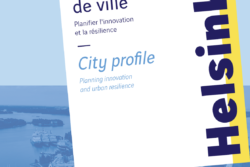
Helsinki : Planning innovation and urban resilience

Sending out an SOS

Toronto: How far can the city go?

Inventing the future of urban highways
“Dig, baby, dig”

Pittsburgh: From industrial city to innovation hub

Hamburg

The Public Wealth of Cities
La Fabrique de la Cité
La Fabrique de la Cité is a think tank dedicated to urban foresight, created by the VINCI group, its sponsor, in 2010. La Fabrique de la Cité acts as a forum where urban stakeholders, whether French or international, collaborate to bring forth new ways of building and rebuilding cities.


















